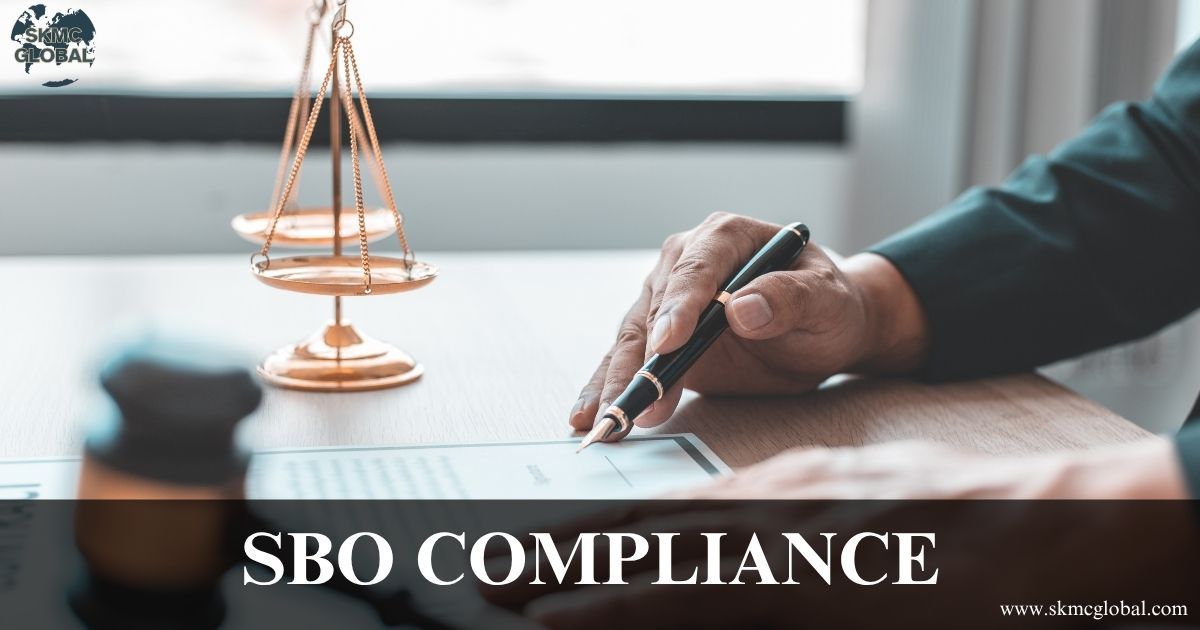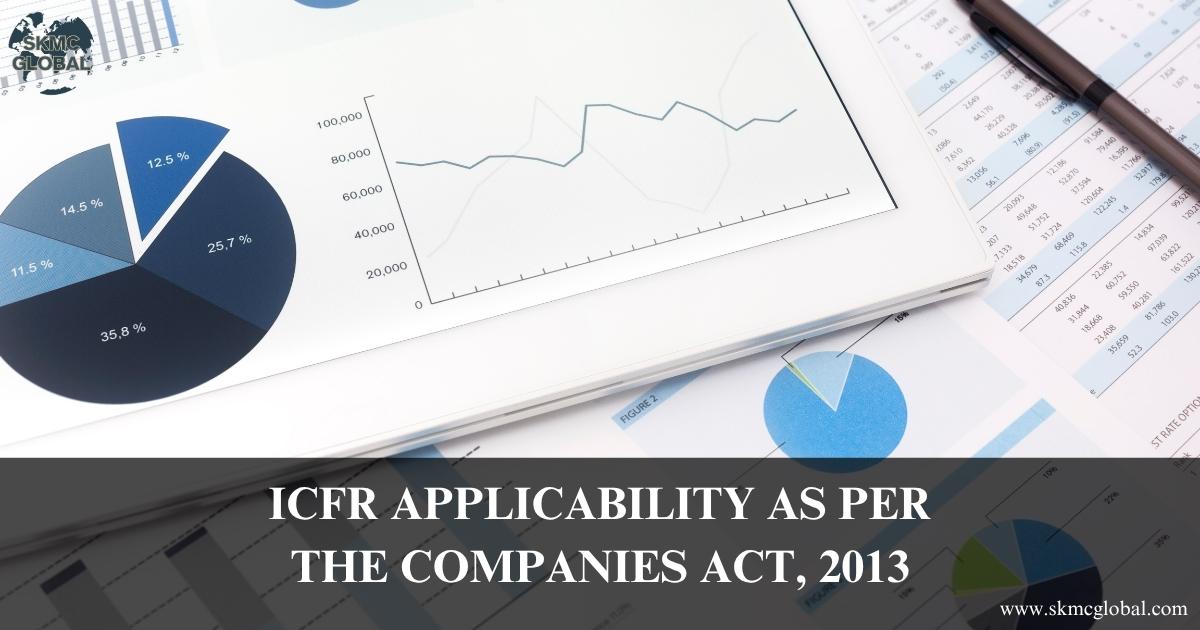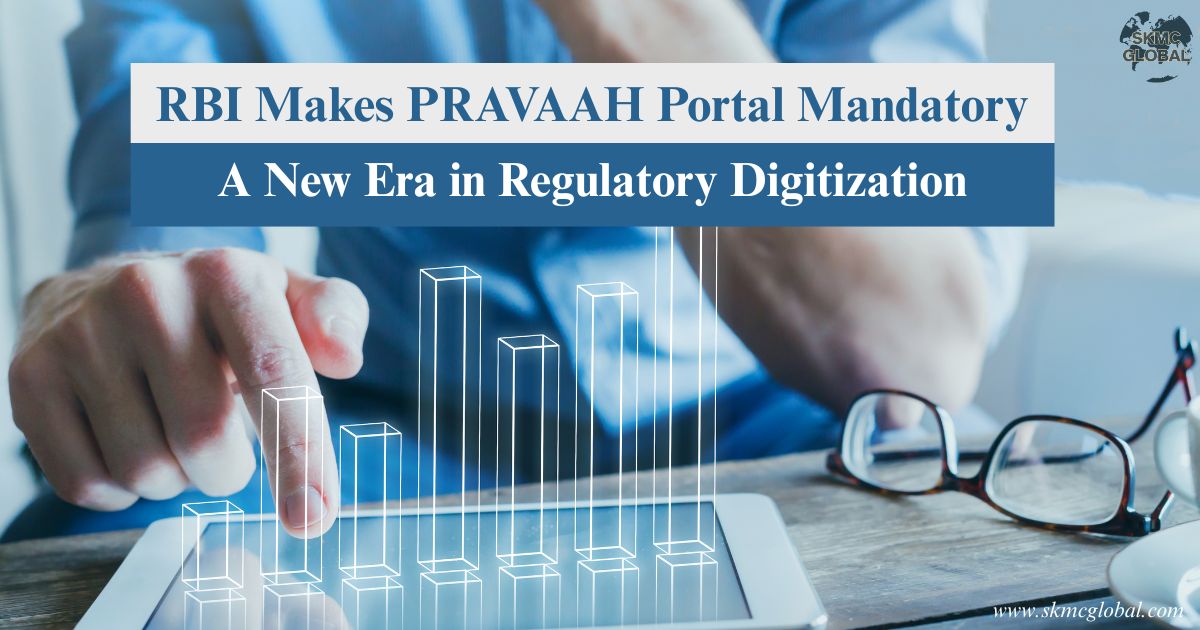
In the existing regulatory environment, timely payments and transparency to Micro, Small and Medium Enterprises (MSMEs) have been prominent. The Ministry of Corporate Affairs (MCA) ordered the filing of MSME Form 1 in order to enforce contract discipline and prevent payment delays. This blog shares a complete picture of MSME Form 1 applicability, filing procedure, legal provision, and non-compliance consequences.
Introduction to MSME Form 1
MSME Form 1 is a statutory return notified under Section 405 of the Companies Act, 2013.
- It ensures that all liabilities payable to registered MSMEs exceeding the threshold period will be declared by companies.
- It aims at tracking payment defaults and hence improving liquidity for MSMEs.
Legal Framework and Notification
- MSME Form 1 was notified through the Companies (Furnishing of information about payment to micro and small enterprise suppliers) Order, 2019.
- Authored under Section 405 of the Companies Act, 2013 read with the Companies (Furnishing of Information about Payment to Micro and Small Enterprise Suppliers) Rules, 2019.
- It has been brought to bring into operation Section 15 of the MSMED Act, 2006 that requires payment to MSMEs within 45 days from the date of acceptance or deemed acceptance of goods or services.
MSME Form 1 Applicability
Which Companies Have to File?
All companies, both small and large and/or turnover, have to file MSME Form 1 if:
- It has accepted goods or services from MSME suppliers, and
- The payment is due for over 45 days from the day of acceptance or presumed acceptance.
MSME Classification
- Reporting should be only of dues to registered micro and small enterprises under the Udyam Registration portal.
- Medium enterprises fall outside the MSME Form 1 applicability scope.
Return
- Half-yearly returns shall be submitted regularly in April and October for every half of the financial year.
Aim and Objective
-
Increase accountability and encourage prompt settlement of MSME dues.
-
Track payment record of companies through centralized disclosures.
-
Provide easier access to finance for MSMEs by making receivables transparent.
Information Required to File MSME Form 1
Companies must gather and authenticate the following before filing:
1) Corporate Identity Number (CIN)
2) Company's name, PAN, and address
3) Name of DIN/PAN holder authorized signatory
4) Financial year and return period (half-yearly)
5) Total outstanding amount due to each MSME
6) Name, PAN, and Udyam Registration Number of each MSME vendor
7) Date from which the amount is due
8) Reasons for delay beyond 45 days
All data must be consistent with the company’s accounting records.
Timeline for Filing MSME Form 1
Periodicity
MSME Form 1 is to be filed twice every financial year:
| Period Covered | Due Date |
| April to September | 31st October |
| October to March | 30th April |
Filing Window
MCP-21 portal opens the window of filing a little after the closure of each half-yearly period.
Process to File MSME Form 1
The below steps are described on how to file MSME Form 1 through the MCA portal:
Step 1: Identify MSME Creditors
- Extract all trade creditors and screen those with Udyam Registration.
- Check their classification as micro or small businesses.
Step 2: Determine Outstanding Dues
- Determine the outstanding balance due more than 45 days from acceptance.
- Capture each vendor's PAN and Udyam Registration Number.
Step 3: Access MCA Portal
- Go to www.mca.gov.in and log in with company credentials.
Step 4: Download the Form
- Download e-form MSME Form 1 from "Forms and Downloads" section.
Step 5: Fill the Form
Fill all the required fields such as:
- Company details
- Period of return
- MSME vendor details
- Amount due and delay reason
Step 6: Attach DSC and Submit
- Sign the form with the digital signature certificate (DSC) of the company secretary or authorized director.
- Upload the completed e-form via the MCA portal.
Step 7: Acknowledgment
- Download the acknowledgment for compliance records upon submission.
Consequences of Non-Compliance
Non-filing of MSME Form 1 will invite penalties under Section 405(4) of the Companies Act, 2013:
- Company can be penalized up to ₹25,000.
- All defaulting officers can be imprisoned for a maximum period of six months or be fined ₹25,000 to ₹3,00,000 or both.
- Non-disclosure can also affect the credit rating of the company and due diligence results during auditing or raising funds.
Recent Developments in MSME Return Filing
- There has been no suspension of applicability of MSME Form 1 despite industry associations' representations.
- There have been suggestions to integrate MSME return into GSTN systems for automatic disclosures.
- Focus has shifted to e-verification and AI-driven anomaly detection by MCA for tracing defaults and strengthening MSME safeguards.
Best Practices for MSME Form 1 Compliance
Update Vendor Master List
- Upcoming PAN, Udyam, and classification status for all vendors during onboarding.
Auto Calculate Payment Due
- Take benefits of ERP tools to monitor invoice acceptance date and 45-day limits.
Review Periodically Internally
- Perform a pre-filing reconciliation in every September and March.
Vendor Communication
- Inform MSMEs regarding their coverage in returns and procure Udyam details in advance.
The Professionals' Role in MSME Return Filing
Chartered Accountants, Company Secretaries, and Cost Accountants are responsible for:
- Vendor identification and verification of classification.
- Preparation of MSME return for approval by the board.
- Adherence to timelines and preventing penalties.
- Internal control auditing of MSME liability disclosures.
Impact on Business Ecosystem
- MSME Form 1 filing is a strategic indicator of intent of a company to adhere to ethical trade practices.
- Enhances vendor confidence and supply chain stability in the long term.
- Serves as a compliance standard during ESG rating, due diligence, IPO, and lending evaluation.
Conclusion
One important tool for implementing statutory payment schedules and improving cash flows in the MSME sector is MSME Form 1.Its timely and proper filing reflects regulatory integrity and financial discipline. Companies are required to identify MSME Form 1 applicability proactively, make disclosures, and comply with filing processes to escape non-compliance charges. With the government strengthening the monitoring framework, MSME return filing has to be ingrained into habitual compliance calendars of all firms transacting with MSMEs.
Recent Posts
-
 Secretarial Audit for Unlisted and Private Compani...
Dec 19,2025
Secretarial Audit for Unlisted and Private Compani...
Dec 19,2025
-
 How to Get CTE and CTO under Environmental Laws in...
Nov 27,2025
How to Get CTE and CTO under Environmental Laws in...
Nov 27,2025
-
 Step by Step guide for appointment of Independent ...
Nov 06,2025
Step by Step guide for appointment of Independent ...
Nov 06,2025
-
 Liaison Office vs Branch Office: A comparative ana...
Sep 02,2025
Liaison Office vs Branch Office: A comparative ana...
Sep 02,2025
-
 Role of Shareholders Agreement in Startups and Inv...
Aug 30,2025
Role of Shareholders Agreement in Startups and Inv...
Aug 30,2025
-
 Setting Up a Wholly Owned Subsidiary (WOS) in Indi...
Aug 12,2025
Setting Up a Wholly Owned Subsidiary (WOS) in Indi...
Aug 12,2025
-
 Arbitration v/s Litigation in India...
Aug 05,2025
Arbitration v/s Litigation in India...
Aug 05,2025
-
 Declaration of Dividend under Companies Act, 2013...
Aug 02,2025
Declaration of Dividend under Companies Act, 2013...
Aug 02,2025
-
 What is MSME Form 1 and how it can be filed?...
Aug 01,2025
What is MSME Form 1 and how it can be filed?...
Aug 01,2025
-
 What is CSR and how to compute the contribution am...
Jul 31,2025
What is CSR and how to compute the contribution am...
Jul 31,2025
-
 Process for removal of company auditor under Compa...
Jul 31,2025
Process for removal of company auditor under Compa...
Jul 31,2025
-
 What is SBO Compliance and when it is needed?...
Jul 29,2025
What is SBO Compliance and when it is needed?...
Jul 29,2025
-
 Role of Key Management Personnel and their appoint...
Jul 28,2025
Role of Key Management Personnel and their appoint...
Jul 28,2025
-
 Registering a Partnership Firm in India...
Jul 28,2025
Registering a Partnership Firm in India...
Jul 28,2025
-
 Procedure to strike off a company...
Jul 28,2025
Procedure to strike off a company...
Jul 28,2025
-
 sox and internal control...
Jul 17,2025
sox and internal control...
Jul 17,2025
-
 ICFR Applicability as per the Companies Act, 2013...
Jul 15,2025
ICFR Applicability as per the Companies Act, 2013...
Jul 15,2025
-
 Concept of Sweat Equity Shares and its uses...
Jun 25,2025
Concept of Sweat Equity Shares and its uses...
Jun 25,2025
-
 Whether loans and borrowing are considered as depo...
Jun 18,2025
Whether loans and borrowing are considered as depo...
Jun 18,2025
-
 What are the major compliance for unlisted compani...
Jun 05,2025
What are the major compliance for unlisted compani...
Jun 05,2025
-
 A Guide to Compensation to Director in Indian Corp...
Jun 04,2025
A Guide to Compensation to Director in Indian Corp...
Jun 04,2025
-
 Loans to Company Directors- A Legal and Ethical Fr...
Jun 04,2025
Loans to Company Directors- A Legal and Ethical Fr...
Jun 04,2025
-
 Top 7 Things You Must Know About External Commerci...
May 16,2025
Top 7 Things You Must Know About External Commerci...
May 16,2025
-
 Integrating CSR into Your Business Model:A Step-by...
May 14,2025
Integrating CSR into Your Business Model:A Step-by...
May 14,2025
-
 What are the applicable Labour Laws in HR (Human R...
May 14,2025
What are the applicable Labour Laws in HR (Human R...
May 14,2025
-
 Unveiling the PRAVAAH Portal: A Comprehensive Guid...
Apr 18,2025
Unveiling the PRAVAAH Portal: A Comprehensive Guid...
Apr 18,2025
-
 FLA Return and its compliance...
Feb 08,2022
FLA Return and its compliance...
Feb 08,2022
-
 Process of closure of Branch office in India...
Dec 30,2021
Process of closure of Branch office in India...
Dec 30,2021
-
 Steps to Shut down the Liaison Office in India...
Sep 14,2021
Steps to Shut down the Liaison Office in India...
Sep 14,2021
-
 Procedure for closure of Project Office in India...
Aug 10,2021
Procedure for closure of Project Office in India...
Aug 10,2021
